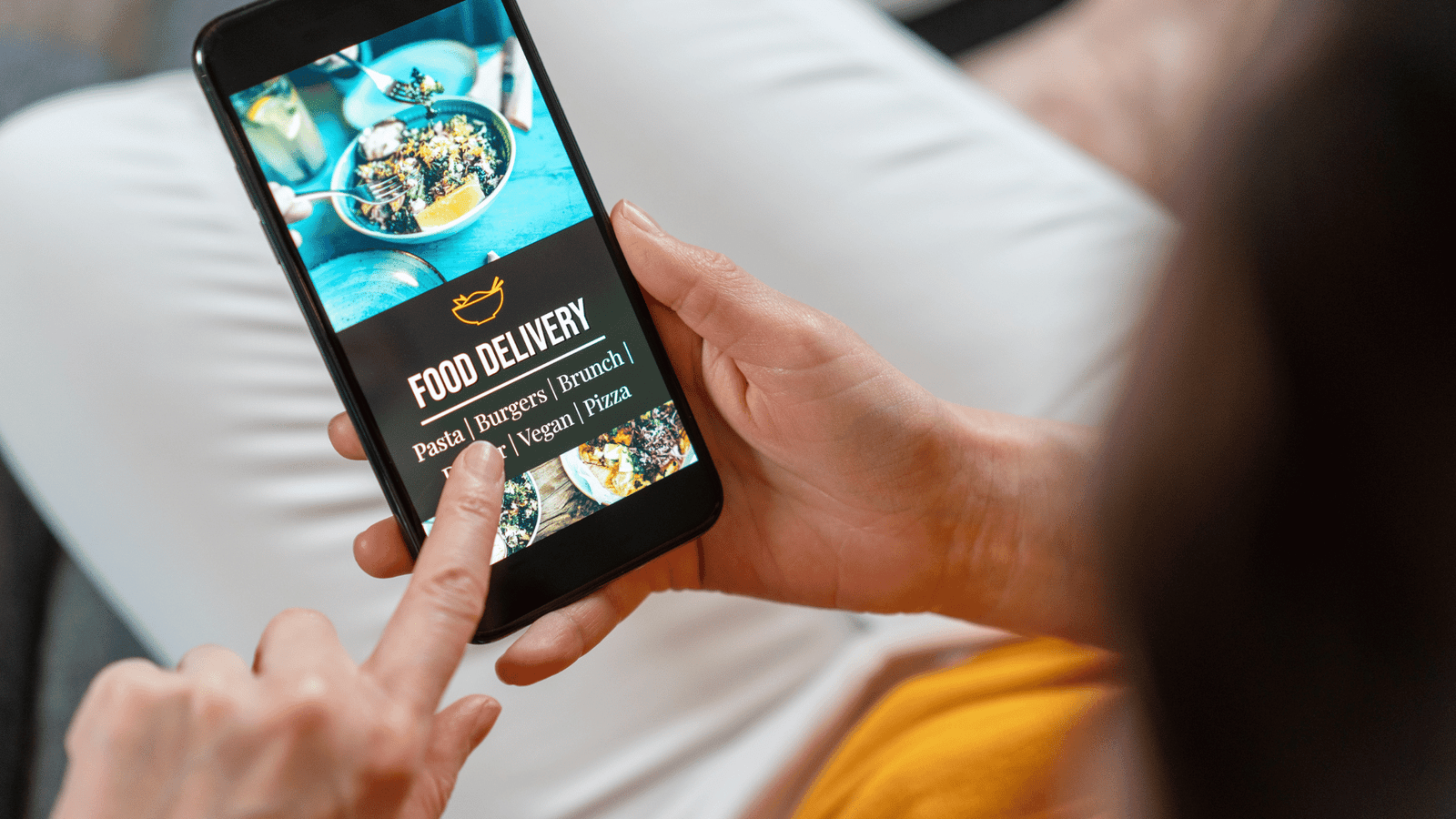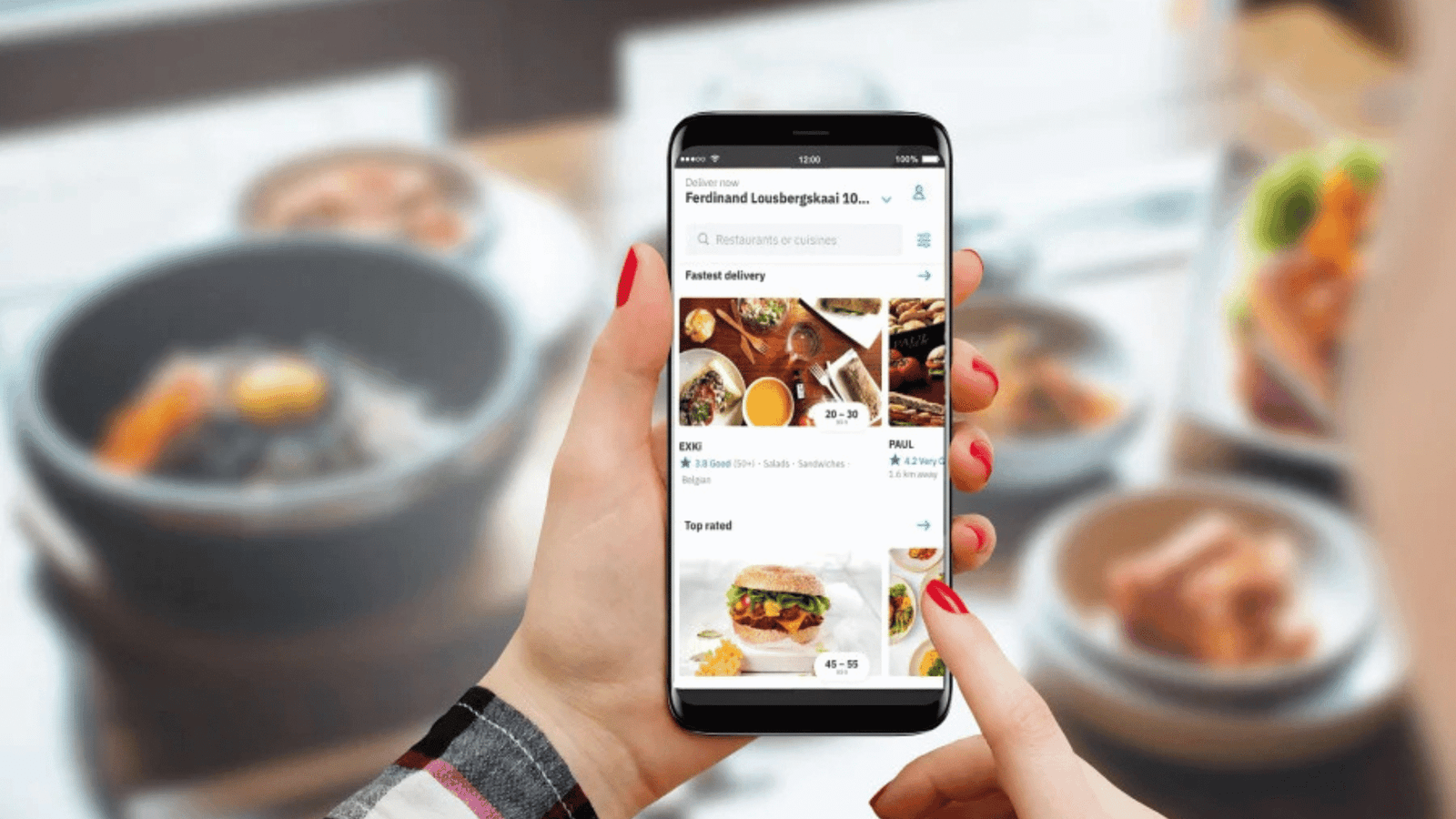In the fast-paced, digital-centric world we live in, restaurant marketing strategies must evolve to keep up with changing consumer behaviors and preferences. Now I’ve seen firsthand the transformation from traditional marketing to a more dynamic, digital approach. If you want to stay ahead in this competitive industry, here are some sizzling tips to enhance your restaurant marketing strategies and ensure your business thrives in the digital age.

1. Embrace Social Media Marketing
Social media platforms like Instagram, Facebook, and Twitter have become powerful tools for restaurants to engage with their audience. To effectively use social media as part of your restaurant marketing strategies, consider the following tips:
- Visual Appeal: Post high-quality photos and videos of your dishes, ambiance, and events. Visual content is more engaging and can significantly increase your reach.
- Consistency: Maintain a consistent posting schedule to keep your audience engaged. Use tools like Hootsuite or Buffer to schedule your posts in advance.
- Engagement: Respond to comments, messages, and reviews promptly. Engaging with your audience builds a community and fosters loyalty.
2. Optimize Your Website
Your website is the digital face of your restaurant. Ensuring it is optimized for both users and search engines is crucial. Here’s how:
- User-Friendly Design: Make sure your website is easy to navigate, with clear menus, contact information, and online reservation options.
- Mobile Optimization: With more people using their phones to search for restaurants, having a mobile-friendly website is essential.
- SEO: Implement SEO best practices by using relevant keywords, meta descriptions, and alt tags. This will improve your website’s visibility on search engines.
3. Leverage Local SEO
Local SEO is a vital component of restaurant marketing strategies. It helps your restaurant appear in local search results, driving more foot traffic. Here are some steps to enhance your local SEO:
- Google My Business: Create and optimize your Google My Business profile. Ensure all information is accurate and up-to-date.
- Local Listings: List your restaurant on local directories such as India Mart, and justdial. Consistent NAP (Name, Address, Phone number) across all listings is crucial.
- Customer Reviews: Encourage satisfied customers to leave positive reviews. Responding to reviews, both positive and negative, shows you value customer feedback.
4. Email Marketing
Email marketing remains one of the most effective restaurant marketing strategies. It allows you to communicate directly with your audience and keep them informed about promotions, events, and new menu items. Here’s how to make the most of email marketing:
- Build a List: Collect email addresses through your website, social media, and in-restaurant promotions.
- Personalization: Use personalized subject lines and content to increase open and click-through rates.
- Consistency: Send regular newsletters and updates, but avoid overwhelming your subscribers with too many emails.

5. Influencer Marketing
Partnering with influencers can significantly boost your restaurant’s visibility and credibility. Influencers have a loyal following and can create authentic content that resonates with their audience. Here’s how to effectively incorporate influencer marketing into your restaurant marketing strategies:
- Identify Relevant Influencers: Choose influencers who align with your brand and have a genuine following.
- Collaborate Creatively: Work with influencers to create engaging content, such as behind-the-scenes videos, food reviews, and event coverage.
- Track Results: Monitor the performance of your influencer campaigns to understand their impact and ROI.
6. Utilize Online Ordering and Delivery Services
With the rise of online ordering and delivery services, it’s essential to integrate these options into your restaurant marketing strategies. Here’s how:
- Partnerships: Collaborate with popular delivery platforms like Zomato, Swiggy and ONDC to reach a wider audience.
- In-House Delivery: If feasible, set up your own delivery service to retain control over the customer experience.
- Promotions: Offer special discounts and promotions for online orders to encourage more customers to try your delivery service.
7. Host Virtual Events
Virtual events have become increasingly popular, especially in the wake of the COVID-19 pandemic. They offer a unique way to engage with your audience and showcase your restaurant’s offerings. Here’s how to make virtual events part of your restaurant marketing strategies:
- Live Cooking Classes: Host live cooking classes where your chefs demonstrate how to make popular dishes.
- Virtual Tastings: Organize virtual tastings for wine, beer, or new menu items, allowing customers to join from the comfort of their homes.
- Interactive Q&A Sessions: Engage with your audience through live Q&A sessions where they can ask questions about your menu, ingredients, and more.
8. Analyze and Adapt
Finally, continuously analyzing the performance of your restaurant marketing strategies and adapting them based on data and feedback is crucial for long-term success. Use tools like Google Analytics, social media insights, and customer feedback to measure the effectiveness of your campaigns and make informed decisions.
In conclusion, implementing these sizzling tips for your restaurant marketing strategies can help you stay ahead in the digital world. By embracing social media, optimizing your website, leveraging local SEO, utilizing email and influencer marketing, integrating online ordering and delivery services, hosting virtual events, and continuously analyzing and adapting your strategies, you can ensure your restaurant thrives and grows





